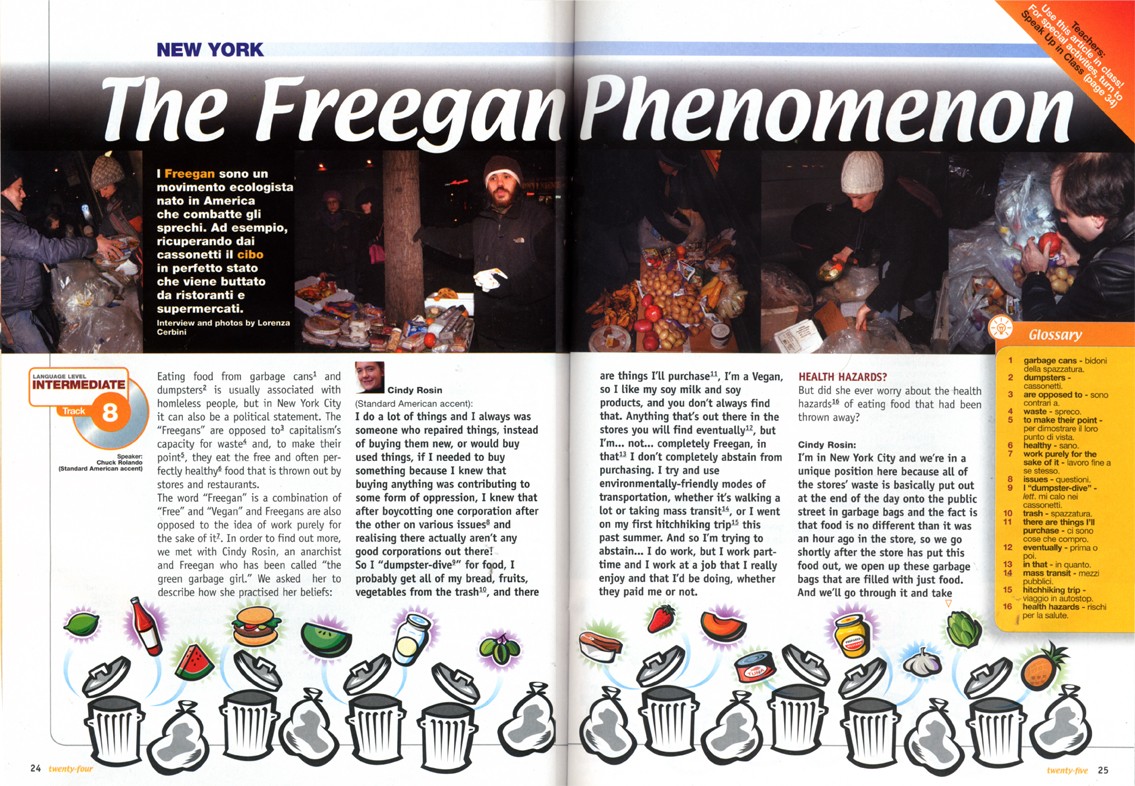10 Pricing Strategies Designed to Separate You from Your Money
Welcome to the world of pricing strategies, where businesses aim to maximize profits by enticing customers to spend more money.
We will delve into the ten pricing strategies that are designed to separate you from your hard-earned cash.
Whether you’re a consumer trying to avoid falling into these traps or a business owner seeking to refine your pricing approach ethically, this guide has got you covered.
The “Limited Time Offer” Frenzy
Creating Scarcity to Drive Purchases
The fear of missing out (FOMO) is a potent psychological trigger. By offering limited-time deals or limited stock, businesses compel customers to make impulsive buying decisions.
Retailers exploit the fear of losing out on a bargain, pushing customers to act quickly before the opportunity disappears.
The Power of Anchoring
Manipulating Perceived Value
Incorporating high-priced options alongside the desired product or service makes it seem more reasonably priced.
Customers tend to choose the mid-priced option when given a high, medium, and low-priced selection.
The high-priced option acts as an anchor, creating the illusion that the mid-priced one offers the best value.
The “Pay More for Premium” Illusion
Offering Premium Upgrades
Many businesses offer premium upgrades or add-ons to their core products or services.
These enhancements may provide marginal benefits but come at a significantly higher cost, giving customers the perception of receiving exceptional value for their money.
The “Bait-and-Switch” Tactics
Luring with Unbeatable Offers
Businesses employ bait-and-switch tactics by advertising products at incredibly low prices to attract customers.
Once customers are hooked, they discover that the product is out of stock or doesn’t meet their needs, leaving them with more expensive alternatives.
The “One-Click Purchase” Temptation
Simplifying the Buying Process
Online retailers often enable one-click purchases to streamline the checkout process.
While it may seem convenient, this strategy reduces friction, making it effortless for customers to make impulsive purchases without fully considering their decision.
The “Penny Pincher’s Nightmare” Bundling
Forcing Unwanted Additions
Bundling is a common pricing strategy where businesses combine multiple products or services, often including undesirable options with a popular one.
Customers feel compelled to purchase the bundle, even if they only need one item, ultimately spending more money.
The Decoy Pricing Trick
Steering Customers to a Specific Option
Decoy pricing involves strategically placing a product in the lineup with the sole purpose of making other options seem more attractive.
By manipulating the decoy’s price and features, businesses influence customers’ choices towards the product they want to sell more of.
The “Free Shipping” Trap
Concealing Extra Costs
Offering free shipping appears appealing to customers, but it often masks higher product prices to compensate for shipping expenses.
Buyers may end up spending more than they intended, assuming they are saving money on shipping.
The “Auto-Enroll” Pitfall
Sneaking into Subscriptions
Businesses employ auto-enrollment in subscription services, leading customers to unintentionally subscribe and pay for services they might not need or use regularly.
This strategy capitalizes on forgetfulness and the inconvenience of cancellation.
The “Reward Program” Lure
Encouraging Frequent Spending
While reward programs seem enticing, they often push customers to spend more to earn points or rewards.
These incentives may lead to overspending, nullifying any potential benefits.
Conclusion
As consumers, being aware of the various pricing strategies employed by businesses can help us make more informed decisions.
For business owners, ethical pricing practices that prioritize customer satisfaction and value are key to fostering lasting relationships.
Remember, knowledge is power, and armed with the insights from this article, you can navigate the complex world of pricing strategies with confidence and make savvy purchasing choices.
[adrotate group=”9″]
[adrotate group=”12″]
Frequently Asked Questions (FAQs):
What can I do to avoid falling for deceptive pricing strategies?
To avoid falling prey to deceptive pricing strategies, it’s essential to be an informed consumer.
Always compare prices across different retailers, read customer reviews, and research products or services thoroughly before making a purchase.
Are there any pricing strategies that businesses should avoid to maintain customer trust?
Yes, businesses should steer clear of employing bait-and-switch tactics, dishonest pricing, and misleading offers.
These strategies may lead to short-term gains but can severely damage the trust and reputation of the business in the long run.
How can I make my pricing strategy more transparent and customer-friendly?
To create a transparent pricing strategy, clearly communicate all costs and fees upfront.
Avoid hidden charges, provide clear information about product or service features, and offer straightforward pricing structures.
Can using psychological pricing tactics be ethical?
Yes, psychological pricing tactics can be ethical if they are transparent and do not manipulate or deceive customers.
Businesses should prioritize fairness and honesty while employing pricing strategies to build long-term customer relationships.
What is the best way to evaluate the effectiveness of my pricing strategy?
To evaluate the effectiveness of your pricing strategy, monitor sales data, customer feedback, and customer retention rates.
Regularly analyze your pricing approach and make adjustments based on market trends and customer preferences.
Should businesses always offer discounts to attract customers?
While discounts can be effective in attracting customers, businesses should use them strategically.
Constant discounting may devalue products or services, and customers may come to expect lower prices permanently.






